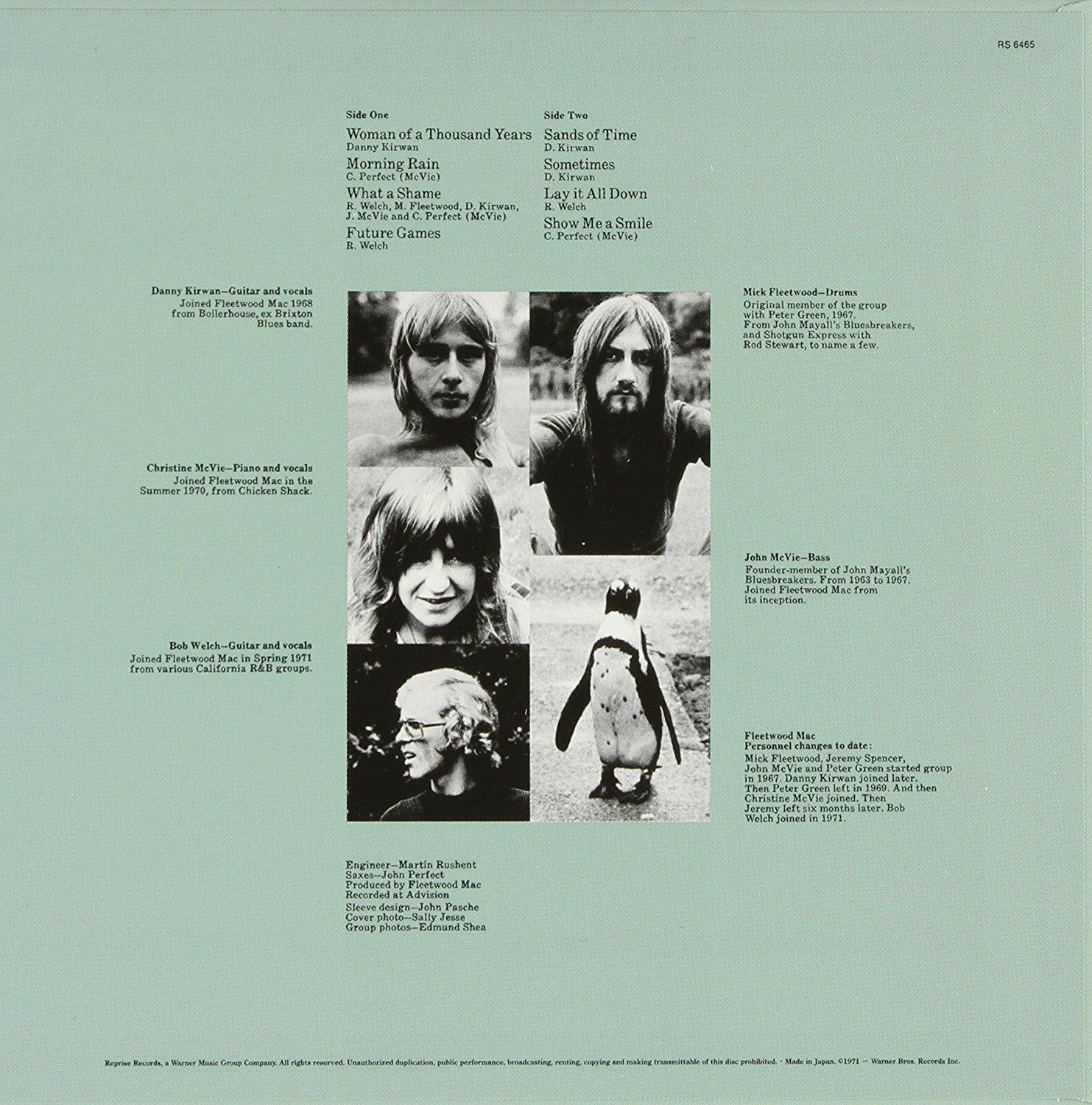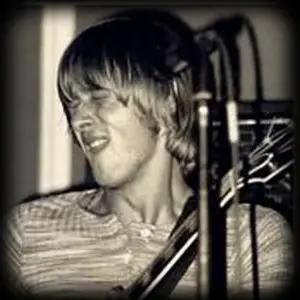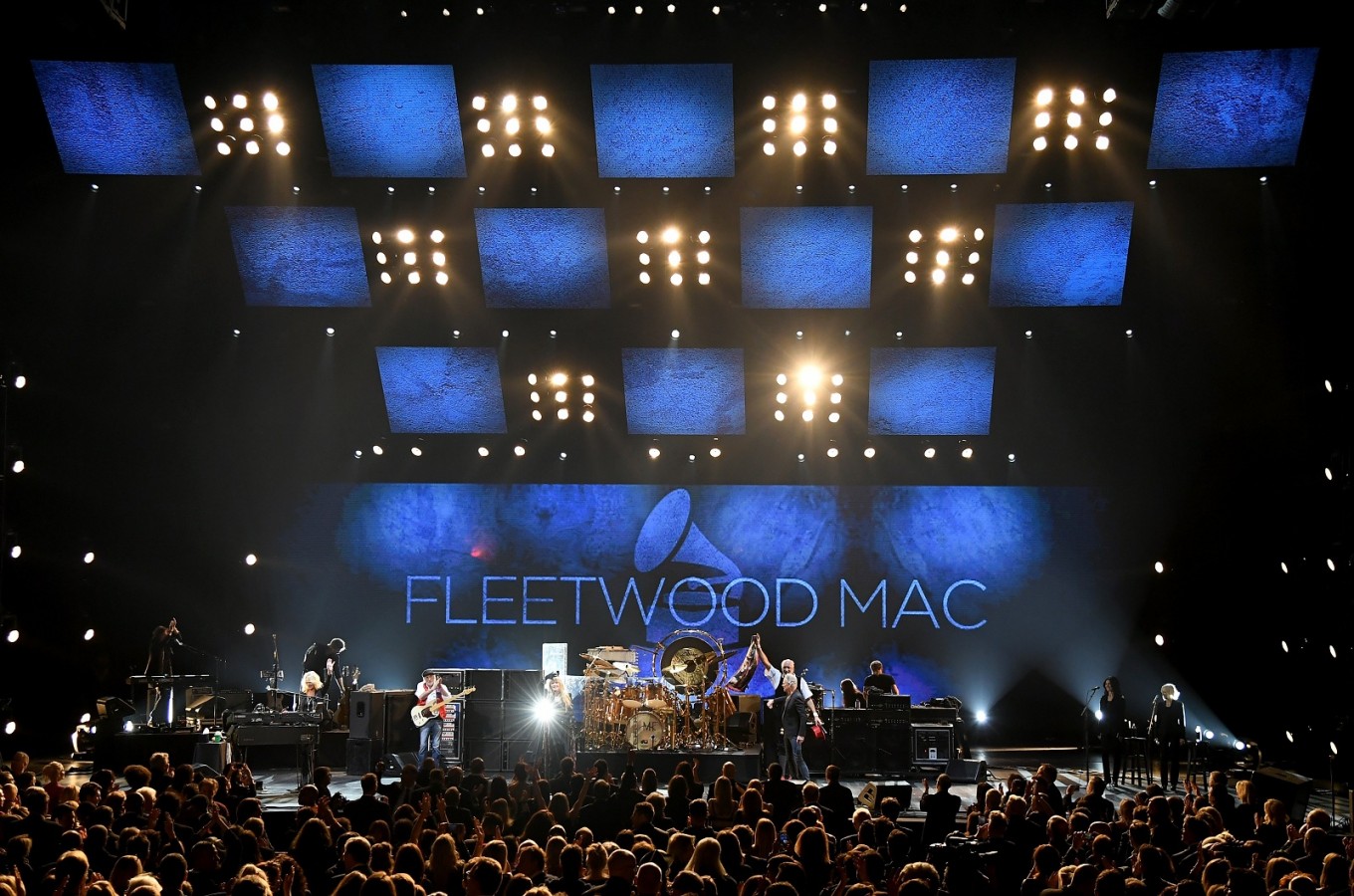

Green’s burnout of the early-70s is well-documented now: the rambling interviews, the messianic robes and the LSD. It’s interesting that Peter and Danny had the same gear - a Gibson Les Paul - but they sounded so different Barrie Cadogan I mean, that one lick in Man Of The World which he plays in the middle - it’s so obviously Danny.” Which of course, you always could after that. “And that’s a very wise move, because who in the heck could play like Peter Green in that period? In my mind, I think Danny developed that so you could distinguish them on record. “That whole long-bend thing I’ve always had the theory that Danny developed that just so he’d be different to Peter,” picks up Marsden. “It’s interesting that those guys had the same gear - a Gibson Les Paul - but they sounded so different.” “It would have been so easy for Danny to mimic Peter, because he was such a force as the bandleader,” says Cadogan. With Spencer less involved, the main event was the evolving ying-yang between Green and Kirwan, both butting heads on twin ’50s Les Pauls, but with a markedly different thumbprint. (Image credit: Gijsbert Hanekroot / Getty) Dual Pauls But his influence really tightened with that year’s unprecedented Then Play On album, to which he contributed seven songs, included the thrumming spaghetti-western blues of Coming Your Way and the autumnal, Beatles-worthy When You Say. “Everything that Peter put on that basic track was beautifully reflected by Danny’s part”.įlip the original vinyl and you found the younger guitarist’s wiry adaptation of Jigsaw Puzzle Blues as the B-side. “Danny had a very important counterpoint to Peter on Albatross,” explains Marsden. Although credited to Green, one of Kirwan’s first contributions was 1969’s Albatross, his blissful touch on this UK No 1 single playing off against the bandleader’s languid lines. Besides being a blues player himself, his main influences at the time were The Beatles and Cream.” “The original four-man lineup was Chicago blues-driven, and Danny’s addition and contribution quickly took the music in a different direction. “His impact was significant,” Spencer tells us. The revelation was that he also had a beguiling singing voice and a headful of songs, bringing a palette of influences that roamed from the rhythms of Roaring Twenties speakeasies to the Italian-American tenor Mario Lanza – and nudged the Mac out of a formula that was already starting to feel a little stale on 1968’s second album Mr Wonderful.


His fretwork alone would have vindicated Kirwan’s place in Mac, completed by drummer Mick Fleetwood and bassist John McVie. What really strikes me is the sheer ferocity of his attack and his vibrato, and then the ability to be so delicate, so soulful.”ĭanny had a very important counterpoint to Peter on Albatross Bernie Marsden

If you listen to bootlegs of the same song, his dynamic range of emotion is so wide and varied. Whatever emotion he was feeling, that’s what the listener hears. “Danny is one of those players that you almost feel like his brain is wired direct to the speakers, there’s no filter in-between. Even those who didn’t – like Wolf People’s Joe Hollick – feel the shiver, half a century later. For those lucky enough to pack into a sweatbox club in the late-60s and stand inches from Kirwan’s coruscating fingers – dancing across the neck of a Watkins Rapier – the emotional gamut of his playing was a gut-punch.


 0 kommentar(er)
0 kommentar(er)
